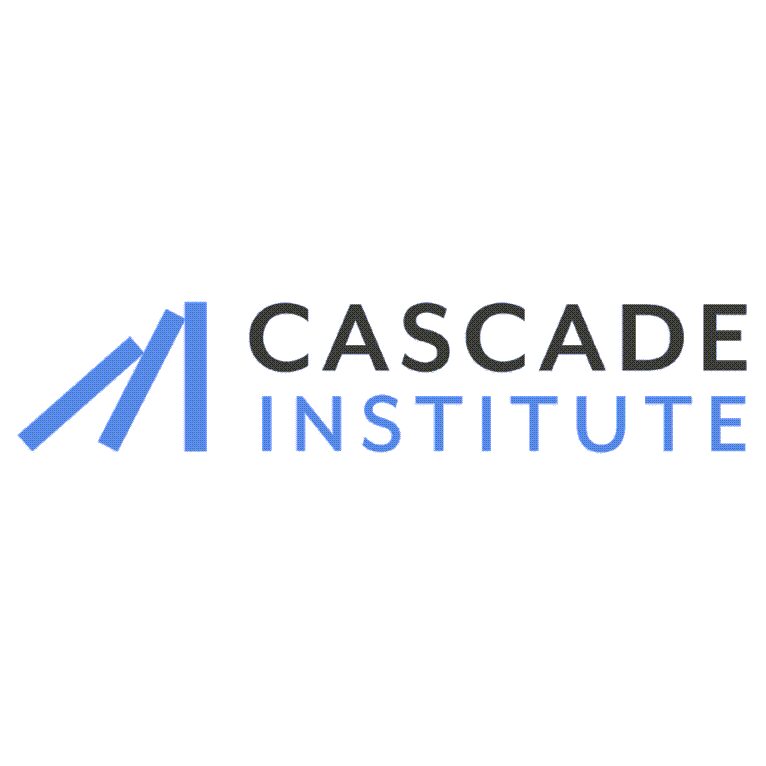by Dr. Michael Lawrence at The Cascade Institute….. In this framework, a global crisis arises when one or more fast-moving trigger events combines with slow-moving stresses to push a global system out of its established equilibrium and into a volatile and harmful state of disequilibrium. We then identify three causal pathways—common stresses, domino effects, and inter-systemic feedbacks—that can connect multiple global systems to produce synchronized crises.
BRICS in 2025
by Tim Sahay and Kate Mackenzie in Phenomenal World…There are now two competing global models of energy and influence: one based on fossil fuels, one on green technologies and a new model of sustainable development. China’s technology is finding new markets around the world because lots of people want it. But there is so far no real wraparound support of finance, trade, and tech transfer—as no new international order of sustainable governance has yet been built. The critical question of the future of BRICS lies with its member countries’ willingness and ability to effect broader collaboration in the fields of technology, trade, and finance. A quarter of the way to the twenty-second century, everything is up for grabs.
The business of betting on catastrophe
by Susan Erikson in MIT Press…
World Bank pandemic bonds paid out only after death tolls passed a threshold. They’re part of a booming market where investors turn calamity into capital.
Global drought hotspots report catalogs severe suffering, economic damage
by United Nations press release…Food, water, energy crises, human tragedies in 2023-2025 detailed in sweeping analysis by U.S. National Drought Mitigation Center
and the UN Convention to Combat Desertification
Droughts worldwide pushing tens of millions towards starvation, says report
by Fiona Harvey in The Guardian…Water shortages hitting crops, energy and health as crisis gathers pace amid climate breakdown
Thinking long-term about infrastructure
by School of International Futures…75 years is a long enough period of time for the world to change in ways that are unanticipated. For this reason, scenarios that take a longer term view should have within them elements that are genuinely discomfiting.
They asked an A.I. chatbot questions. The answers sent them spiraling.
by Kashmir Hill in The New York Times…Generative A.I. chatbots are going down conspiratorial rabbit holes and endorsing wild, mystical belief systems. For some people, conversations with the technology can deeply distort reality.
On r/collapse, people are ‘kept abreast of the latest doom’. Its moderators say it’s not for everyone
by Sam Wolfson in The Guardian…‘This is the idea of catabolic collapse: that what we’re living through is a series of crises … It’s not going to be a sudden event.’ A subreddit tracking apocalyptic news in a calm, logical way comforts users who believe the end times are now
The business of betting on catastrophe
by Susan Erikson in MIT Press…World Bank pandemic bonds paid out only after death tolls passed a threshold. They’re part of a booming market where investors turn calamity into capital.
Can we see our future in China’s cameras?
by Megan K. Stack in The New York Times…It’s not that our government is using the surveillance infrastructure in the same manner as China. It’s that, as far as the technology goes, it could.
Global wheat yields would be ‘10%’ higher without climate change
by Orla Dwyer in Carbon Brief…Climate science has “done a remarkable job of anticipating global impacts on the main grains and we should continue to rely on this science to guide policy decisions”, Lobell, the lead study author, says in a press release.
He adds that there may be “blind spots” on specialised crops, such as coffee, cocoa, oranges and olives, which “don’t have as much modelling” as key commodity crops, noting:
“All these have been seeing supply challenges and price increases. These matter less for food security, but may be more eye-catching for consumers who might not otherwise care about climate change.”



